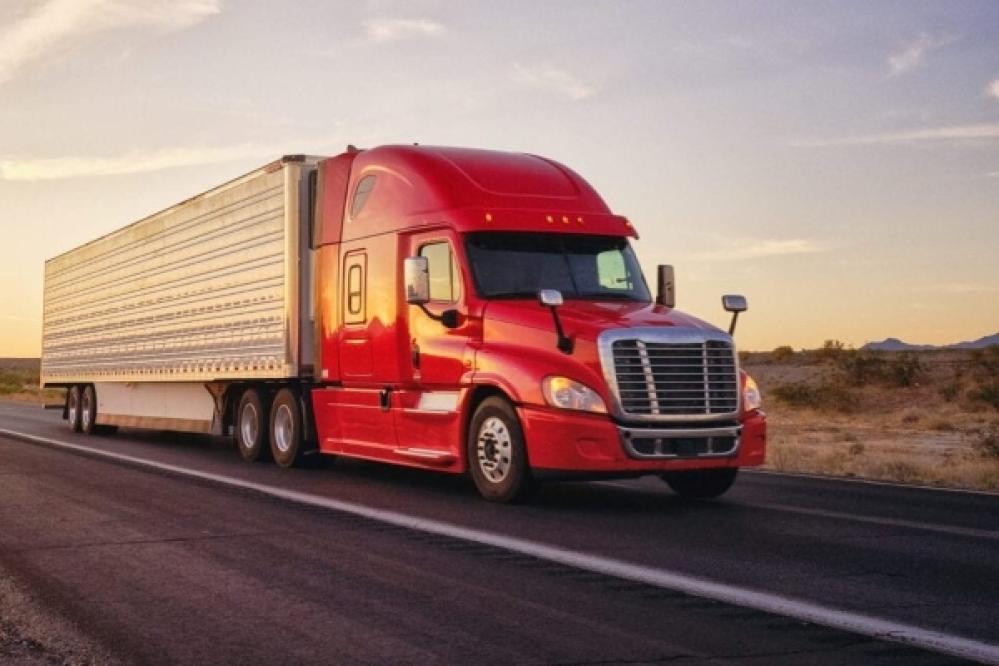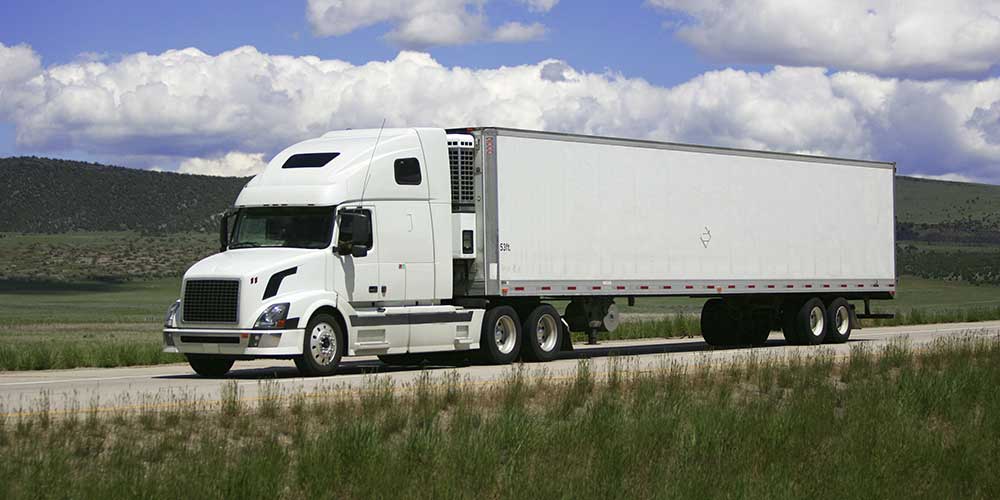Leading Advancements in Transportation Refrigeration: Enhancing Effectiveness and Security
The landscape of transport refrigeration is undertaking substantial improvement, driven by advancements targeted at improving both efficiency and safety. Trick innovations such as clever temperature level surveillance systems, eco-friendly refrigerants, and automated route optimization are critical in resolving the sector's difficulties. These innovations not only guarantee the honesty of temperature-sensitive items yet likewise add to sustainability efforts. As these innovations remain to progress, it is important to explore their effects on functional practices and governing conformity, triggering a closer examination of just how they reshape the future of transportation refrigeration.
Smart Temperature Level Keeping Track Of Solutions
In the world of transportation refrigeration, clever temperature monitoring systems have become a critical development for making sure the honesty of temperature-sensitive items. These advanced systems leverage Web of Things (IoT) innovation to give real-time data on temperature fluctuations, enabling operators to maintain optimal conditions throughout the supply chain. By continuously tracking the temperature of refrigerated containers and cars, companies can swiftly identify discrepancies that may compromise product quality.

Furthermore, wise monitoring systems commonly incorporate automated signals and notices, permitting stakeholders to respond immediately to any prospective concerns. This positive strategy not only lessens the threat of putridity yet additionally enhances conformity with regulative criteria governing food safety and pharmaceutical transportation.
The integration of information analytics within these systems likewise helps with anticipating maintenance, assisting operators to visualize possible equipment failures prior to they take place. This ability lowers downtime and enhances operational effectiveness, ultimately leading to cost financial savings.
Eco-Friendly Refrigerants
Smart temperature level surveillance systems play an important function in keeping product quality, yet the effectiveness of transportation refrigeration additionally hinges on the option of cooling agents used. In contrast, arising choices like hydrocarbon-based cooling agents and hydrofluoroolefins (HFOs) existing reduced GWP options, providing both effectiveness and sustainability.
These green cooling agents not just minimize environmental impact but likewise line up with worldwide guidelines targeted at phasing out damaging compounds. Their fostering can bring about boosted power efficiency, ultimately decreasing operating expenses for transportation refrigeration systems. In addition, the use of all-natural cooling agents, such as ammonia and co2, has actually acquired traction due to their exceptional thermodynamic buildings and lower environmental footprint.
Buying green refrigerants is not simply a regulatory compliance procedure; it represents a critical decision that boosts brand track record and cultivates client loyalty. reefer trucks thermo king. By focusing on lasting practices, companies can add to a greener future while ensuring the integrity of transported items
Advanced Insulation Materials
Making use of sophisticated insulation products is critical for optimizing transportation refrigeration systems, as they substantially boost power effectiveness and maintain regular temperature control. Standard insulation approaches commonly fall brief in preventing thermal transfer, bring about enhanced power usage and fluctuating temperatures within refrigerated areas.
Arising materials such as vacuum protected panels (VIPs) and aerogels provide premium thermal resistance, allowing for thinner profiles without compromising efficiency. VIPs, navigate here as an example, utilize a vacuum cleaner layer to minimize conductive and convective warmth transfer, making them suitable for space-constrained applications. Aerogels, understood for their permeable and light-weight structure, provide remarkable insulation while considerably reducing overall system weight.
Additionally, incorporating stage change materials (PCMs) right into insulation systems can better maintain temperatures during transportation. These materials take in and release thermal energy, successfully buffering against outside temperature variants.
The integration of these advanced insulation products not just decreases the functional prices connected with energy consumption but also expands the service life of temperature-sensitive goods. As the transportation refrigeration industry remains to progress, the adoption of ingenious insulation innovations will certainly be essential in boosting both efficiency and safety and security in cooled transport.
Automated Course Optimization
The performance of transportation refrigeration systems is greatly boosted through automated course optimization, which leverages innovative formulas and real-time data to figure out the most efficient courses for delivery. By examining numerous variables such as web traffic patterns, climate condition, and distribution home windows, these systems can significantly lower traveling time and gas intake.
Automated path optimization lessens human error and subjective decision-making, which can lead to ineffectiveness. This technology makes it possible for fleet supervisors to allot resources more effectively, guaranteeing that chilled goods preserve their required temperature level throughout the trip. By enhancing paths, companies can additionally improve customer satisfaction through prompt shipments.
Furthermore, automated systems can adjust to unanticipated scenarios, such as roadway closures or abrupt web traffic spikes, permitting vibrant rerouting. This adaptability not just protects the stability of temperature-sensitive items however likewise adds to total operational effectiveness.
Applying automated course optimization can lead to considerable cost savings while minimizing the carbon impact related to transport. As organizations progressively prioritize sustainability, this advancement attracts attention as a vital part in modern-day transportation refrigeration, lining up functional goals with environmental responsibility. Ultimately, automated course optimization stands for a significant advancement in the quest for performance and safety and security in transport refrigeration.

Real-Time Data Analytics
Automated path optimization dramatically take advantage of the assimilation of real-time information analytics, which offers essential understandings right into the performance of transport refrigeration systems. By making use of real-time data, transportation operators can monitor temperature changes and tools efficiency, guaranteeing that disposable goods are kept within needed parameters throughout transportation. This aggressive technique not only more helpful hints improves the quality of the transferred items however additionally reduces the threat of wasting and loss.

Along with improving effectiveness, real-time analytics boosts safety by making sure conformity with governing standards for temperature control. This not only shields about his public wellness yet additionally strengthens a company's credibility - thermo king transport refrigeration. As the transport refrigeration market develops, the integration of real-time information analytics emerges as a cornerstone for driving technology, sustainability, and operational quality
Final Thought
In conclusion, the developments in transportation refrigeration significantly boost both effectiveness and safety and security within the industry. Jointly, these advancements represent a critical evolution in transportation refrigeration, ensuring conformity with governing requirements and advertising a greener future.
The landscape of transport refrigeration is going through substantial improvement, driven by innovations aimed at boosting both effectiveness and safety and security.Smart temperature level monitoring systems play an important function in keeping product quality, yet the effectiveness of transportation refrigeration additionally pivots on the choice of cooling agents made use of. Their fostering can lead to boosted power efficiency, ultimately decreasing operating expenses for transport refrigeration systems. Ultimately, automated route optimization stands for a substantial advancement in the quest for efficiency and safety in transportation refrigeration.
In conclusion, the developments in transport refrigeration substantially improve both performance and safety and security within the sector.